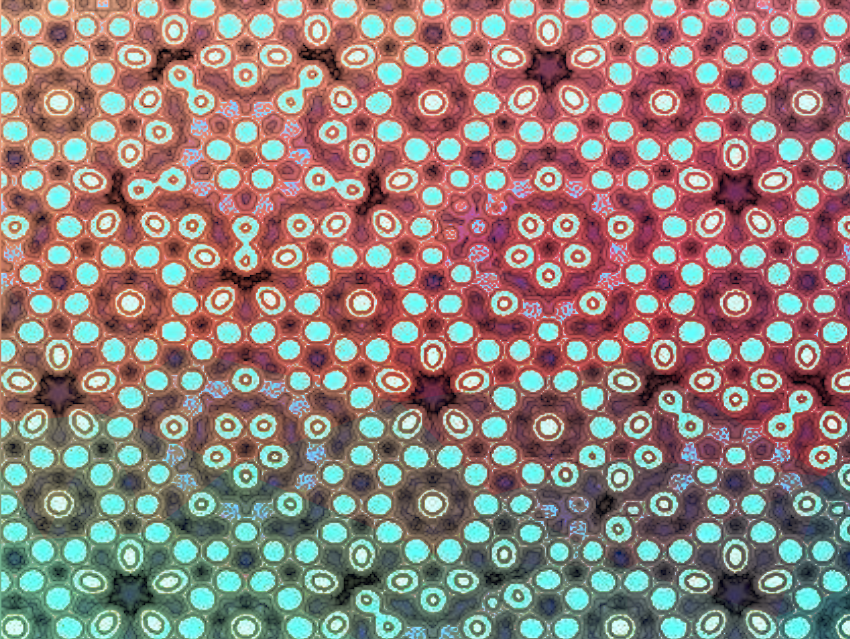Quasicrystals (QCs) show long-range atomic order that lack translational periodicity—the repeating arrangement of atoms in a crystal—and thus have have unconventional symmetries that are absent in conventional crystals. Although ferromagnetism has been observed in gold-gallium-rare earth (Au-Ga-R) icosahedral QCs (iQCs), it remained unclear whether antiferromagnetism—more sensitive to structural symmetry—could occur in QCs.
Ryuji Tamura, Tokyo University of Science, Katsushika, Japan, and colleagues have provided the first definitive neutron diffraction evidence of antiferromagnetism in a real icosahedral QC. They synthesized a new Tsai-type Au-In-Eu iQC, Au56In28.5Eu15.5, using the conventional arc-melting solidification method, which features 5-fold, 3-fold, and 2-fold rotational symmetries, and investigated its magnetic properties.
Magnetic susceptibility measurements showed a sharp cusp at 6.5 K for both the zero-field cooled and field-cooled conditions, indicating an antiferromagnetic transition. Specific heat measurements confirmed this, with a peak at the same temperature, verifying that the cusp is due to a long-range magnetic order.
Neutron diffraction at 3 K and 10 K revealed additional magnetic Bragg peaks—sharp intensity peaks in the diffraction pattern indicating an ordered magnetic structure—at 3 K, with intensity abruptly increasing near 6.5 K. This ia a clear evidence for long-range antiferromagnetic order in the QC. This marks the first definitive observation of such ordering in a real QC.
The Au-In-Eu iQC uniquely has a positive Curie-Weiss temperature, unlike previously studied QCs. Notably, a slight increase in the electron-per-atom ratio through elemental substitution suppresses antiferromagnetism and induces spin-glass behavior, suggesting that electron concentration plays a key role in stabilizing antiferromagnetism in QCs.
- Observation of antiferromagnetic order in a quasicrystal,
R. Tamura, T. Abe, S. Yoshida, Y. Shimozaki, S. Suzuki, A. Ishikawa, F. Labib, M. Avdeev, K. Kinjo, K. Nawa, T. J. Sato,
Nature Physics 2025.
https://doi.org/10.1038/s41567-025-02858-0




